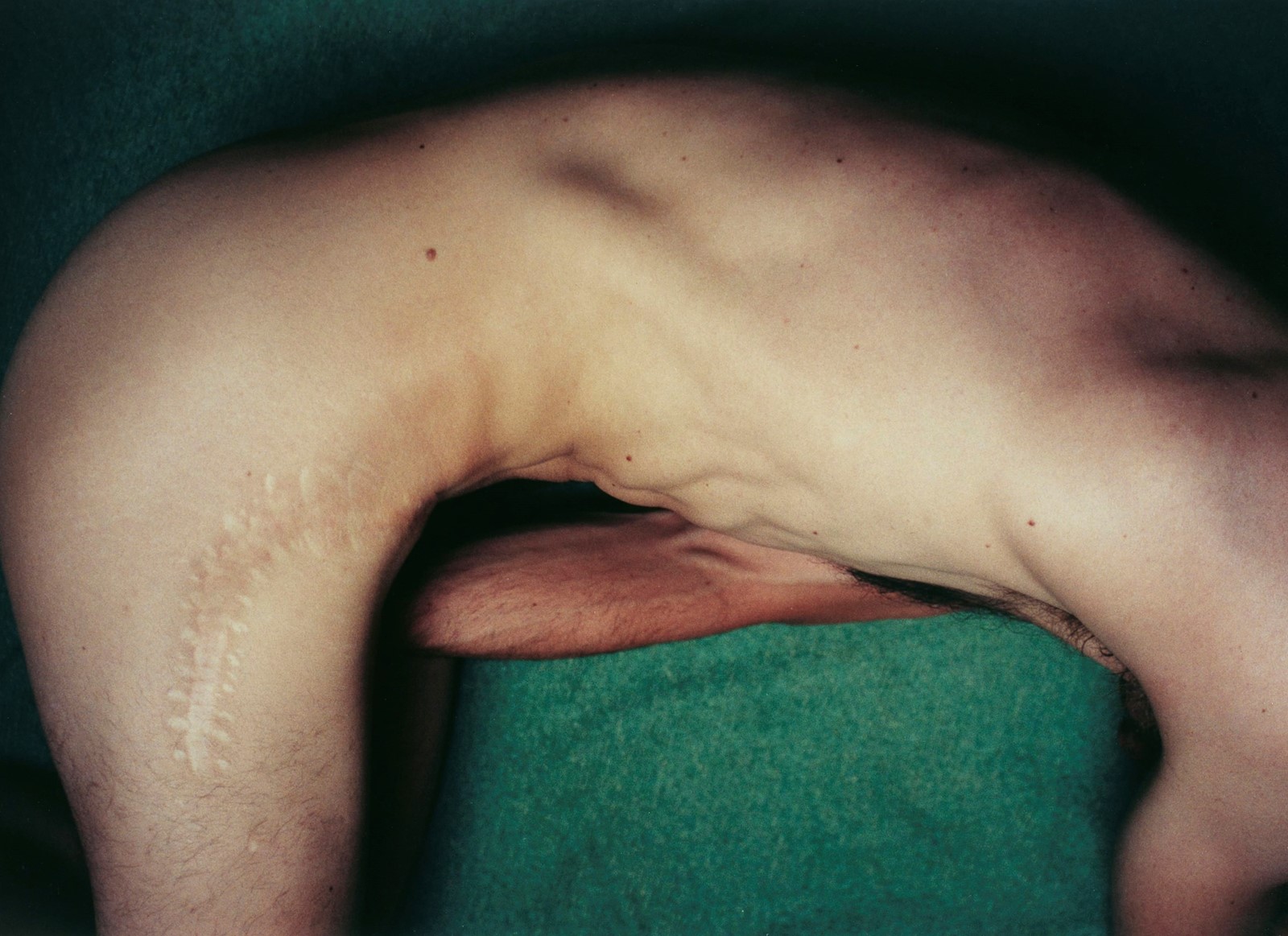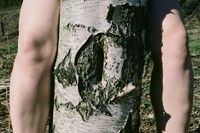Viviane Sassen’s archive is the gift that keeps on giving. And the Dutch artist has been doing a lot of digging of late. Last year came Self Portraits 1989–1999, a revelatory look into the psyche of a young woman reclaiming her image. This summer, Sassen has released Folio with Note Note Éditions, presenting her “birth” as a photographer. “It was a time of experimentation, of trial and error, of trying out different styles and techniques,” she tells AnOther from her studio in Amsterdam. Initially appearing in what was her first handmade photo book in 1996, these photographs were taken while Sassen was studying a masters in photography in Arnhem, following her graduation from art school. “Everything I had been taught to believe was questioned that year.”
Sassen has since become a leading light in fashion photography, credited for expanding the visual language of the industry itself with her surreal and illusive stagings. (The artist is a regular contributor to AnOther and Another Man.) The roots of her practice are there to see in Folio, illustrated by the artist’s deft use of light, framing and perspective. Leafing through the pages – which flip between full size, half size and three-quarter – one encounters the musings of an artist exploring her inner and outer worlds, with only the camera bridging the two.
Below, Viviane Sassen discusses touch, eternity and the colour green.
Alessandro Merola: What were the 90s like for you?
Viviane Sassen: It was exciting, a decade that steered away from the metallic, airbrushed hyper-glamour of the 80s. This was the time of grunge, which was much more down-to-earth with a strong DIY mentality. My peers and I would organise our own exhibitions in squats and publish zines to get our work out into the world. It was all about doing a fashion shoot in your kitchen with your friends and a simple point-and-shoot.
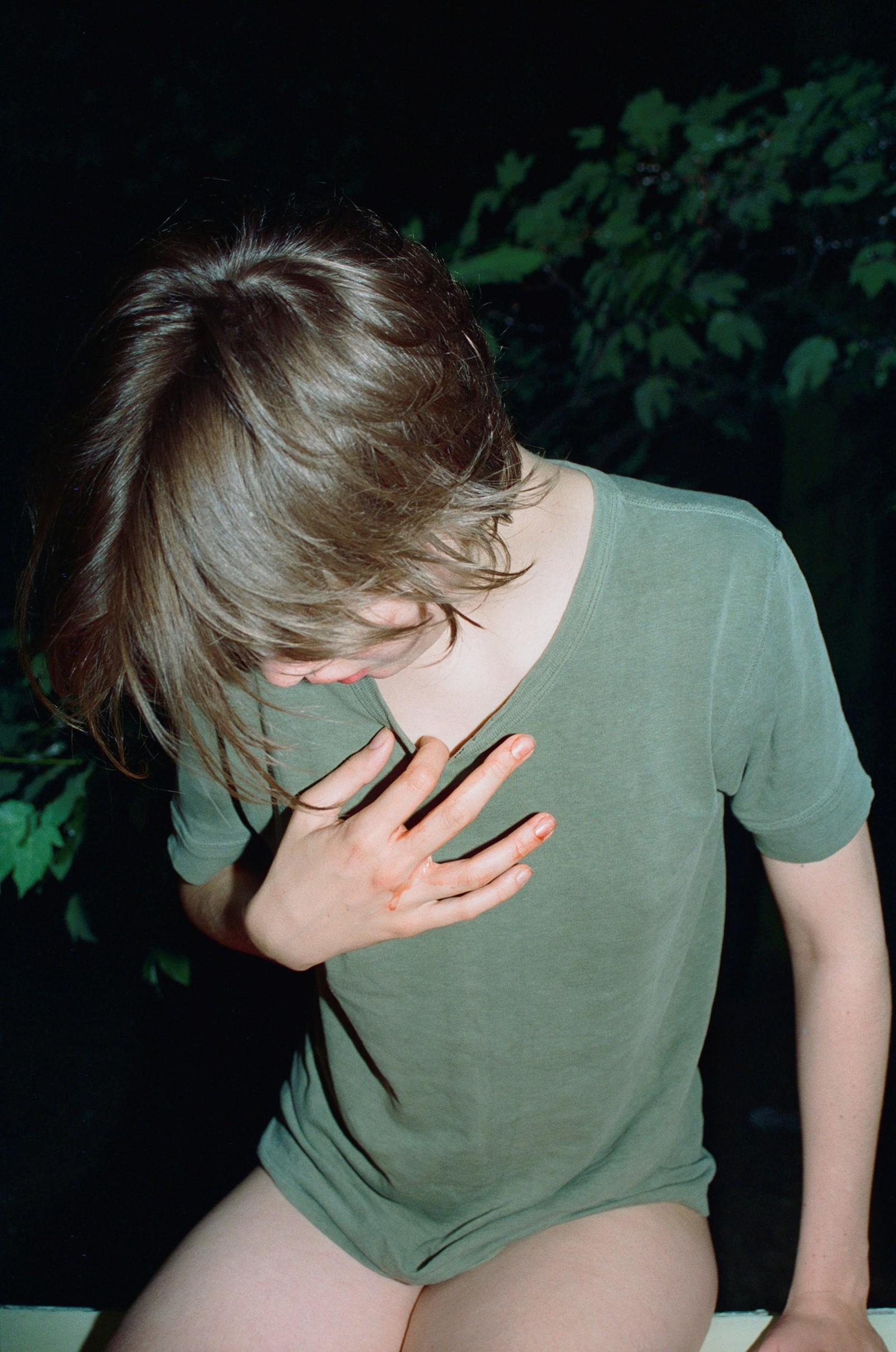
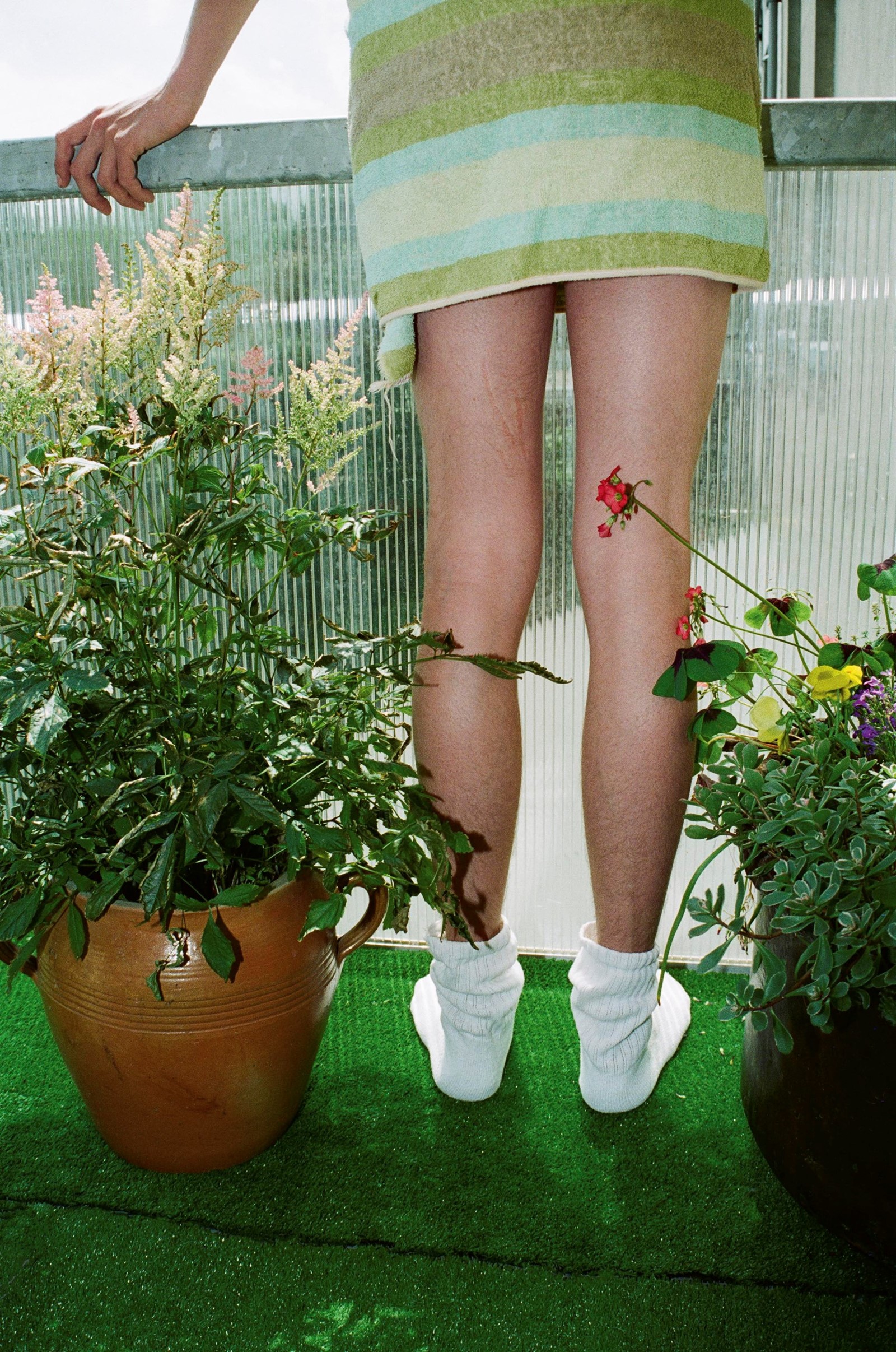
AM: Throughout the book, you see hints at the ways you would subsequently develop your ideas about the human form, particularly in a sculptural sense.
VS: I was definitely trying to carve out my own personal style. It was the first time I had consciously started working with the body and its deformations. This wasn’t long after my father had passed away, and I was still struggling with that loss. I think the fact that he was a doctor is somehow reflected in the imagery.
AM: Subconsciously? In the many photographs of hands, there’s the feeling that touch can be at once curative and deadly.
VS: Yes. I think this early work already contains the ambiguity I’ve always strived for … The paradox of love and death. Most of the hands in these pictures are mine, especially the ones taken up close. They have a very personal meaning to me. I’ll read to you what I wrote in the book: “Not long after my father passed away, I had a dream about a hand. I was walking in a large field when suddenly I found a hand laying in front of me in the wet grass. As I bent over to pick up the hand, I suddenly noticed I was missing my own hand and couldn’t grasp it. I had to get down on my knees, clumsily holding it with both arms. I realised it was my own hand that was missing.”
The hands represent my father. By losing him, it was as if I had lost my right hand.
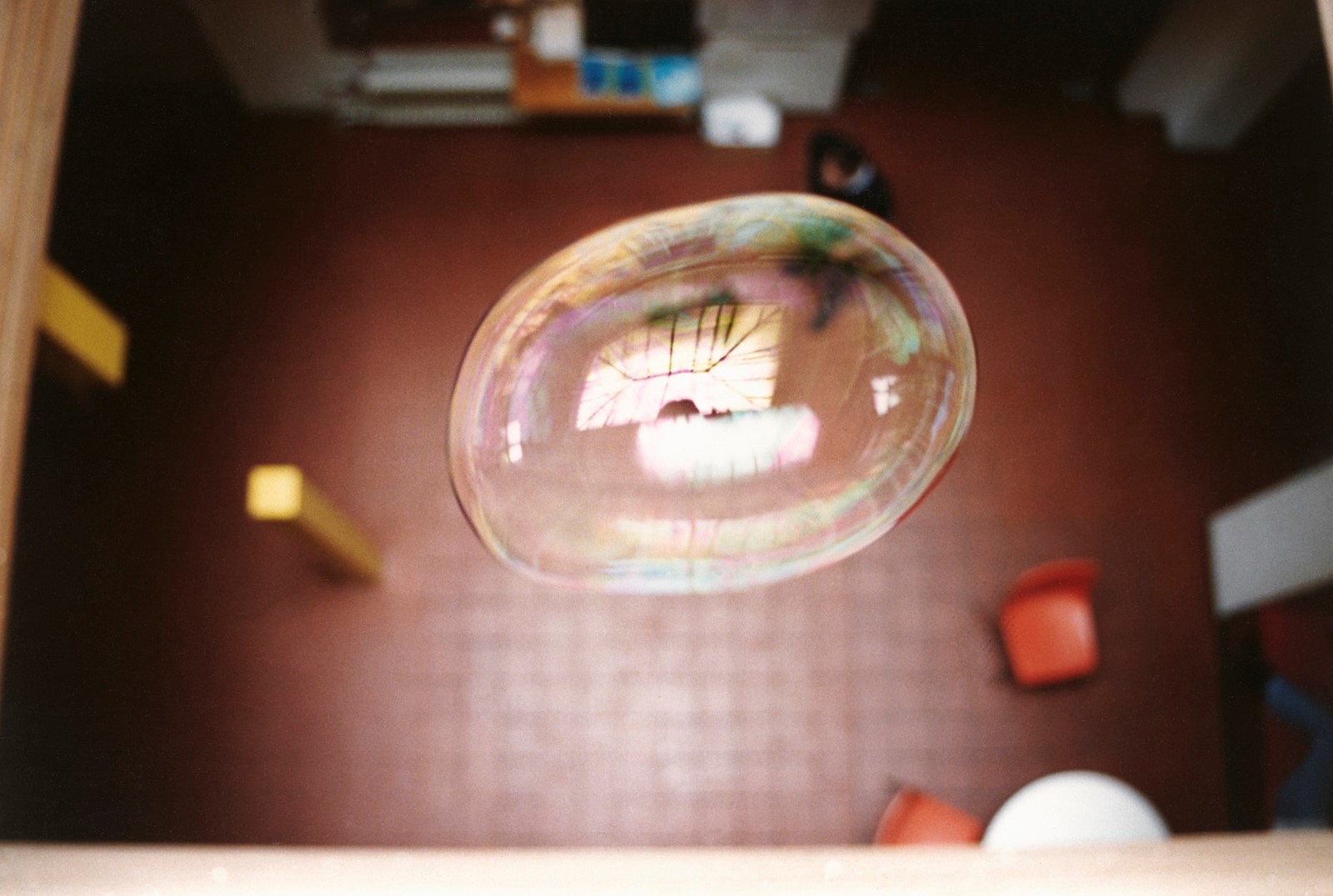
AM: Do you think it’s important for artists to embrace their early work?
VS: I don’t have a strong opinion about it, honestly. I think it’s entirely up to the artist. I understand that some artists can be reluctant to show their early work. We all change over time, and sometimes (or often!) don’t relate to what we’ve made before. In my case, stumbling on this body of work was interesting because I could see quite a lot of elements in there that came to fruition in different parts of my later work. In that sense, I don’t think it’s that relevant whether the work is ‘good’ or not.
AM: There are many shades of green in the book, and I even saw your email font is light green! What’s your relationship with the colour?
VS: Haha, yes! I have very vivid memories of being a young girl in Kenya and walking through the mint green hallways of the local hospital where my father worked as a doctor. And I remember him in green overcoats and pants when he had to perform surgery. Somehow, green is also related to the scent of Dettol which would always fill up those hallways. Besides that, of course, green also refers to nature. Nature can be as cruel and toxic as it can be beautiful.
“I’ve learned to embrace the darkness within myself. I feel much lighter than back in the old days” – Viviane Sassen
AM: What books made a particular impression on you in the 90s?
VS: I actually founded a literary magazine called Vrijstaat Austerlitz with my friends. I read a lot of Bret Easton Ellis, and titles like Trainspotting and The Virgin Suicides. I also remember the I Ching being very inspiring to me, along with Aleister Crowley’s Thoth Tarot and the mythological books of Joseph Campbell too.
AM: Shall we go through some of the words in the abecedarium on the book’s back cover?
VS: Yes!
AM: Orca.
VS: The name of our German Shepherd in Kenya. She came with the house and was very sweet and patient. She bore seven pups who all died of tick fever. I was devastated.

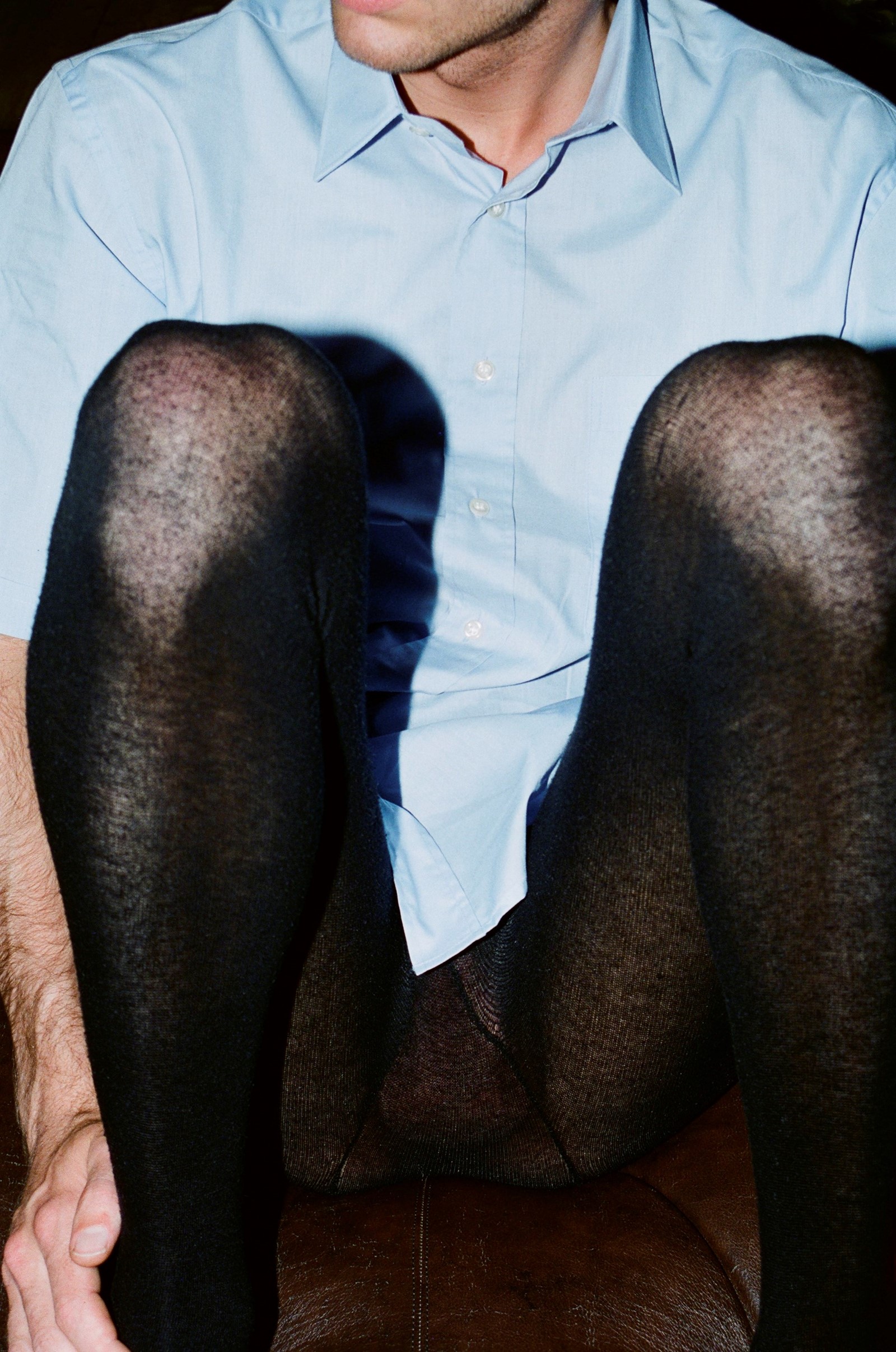
AM: Trickster.
VS: As Carl Jung said, the archetype of the Trickster is a ‘collective shadow figure, a summation of all the inferior traits of character in individuals …’ I love this. A strong creative force, neither male nor female, and fundamentally ambiguous.
AM: Eternity.
VS: Something unfathomable to the mind of a human being. It has something to do with death and cold, dark space, the things that made me panic for a long time. These existential fears won’t leave me entirely I’m afraid, but I’ve learned to embrace the darkness within myself. I feel much lighter than back in the old days.
Folio by Viviane Sassen is published by Note Note Éditions, and is out now.
